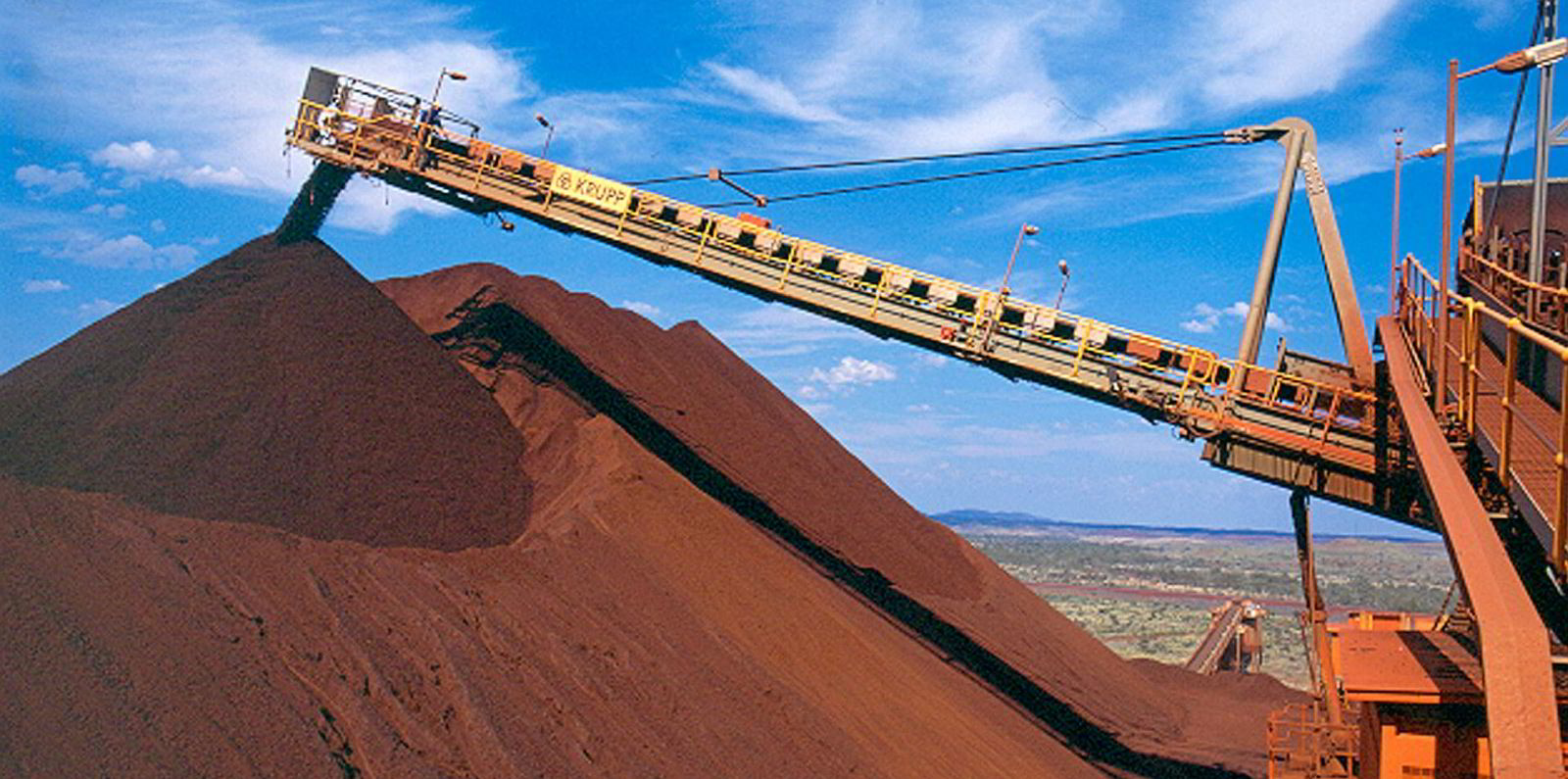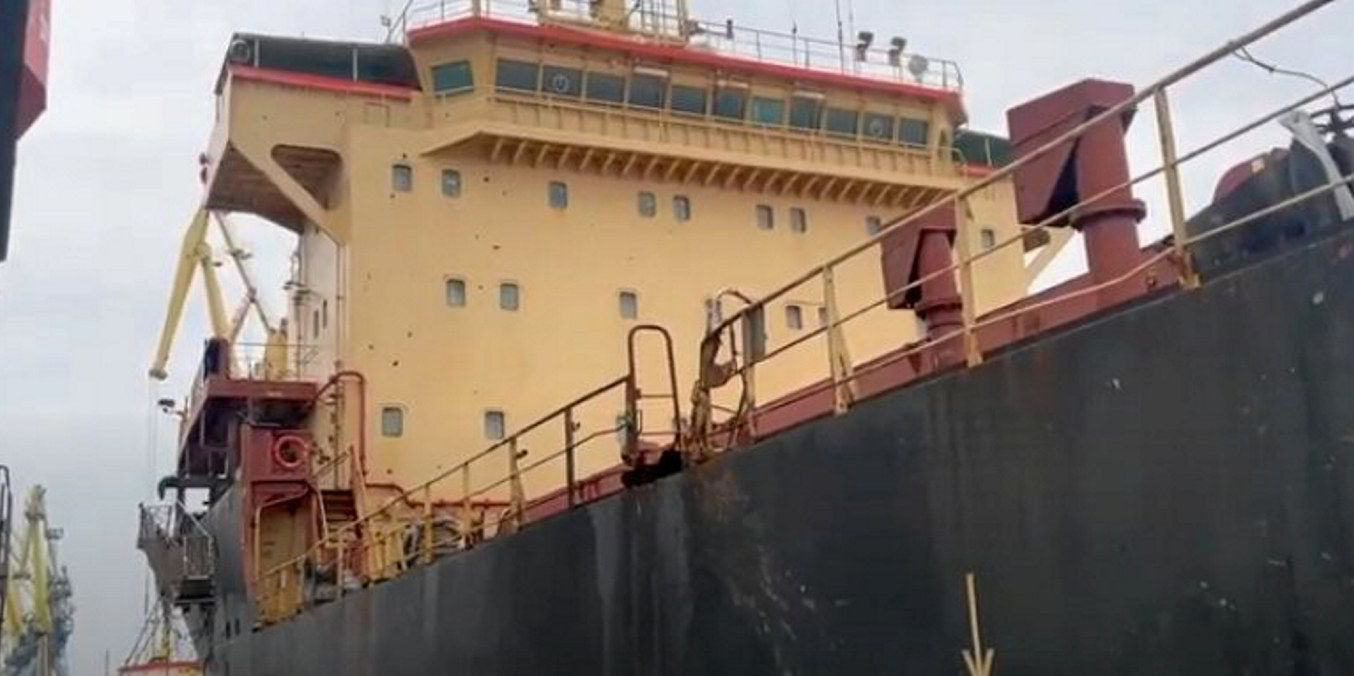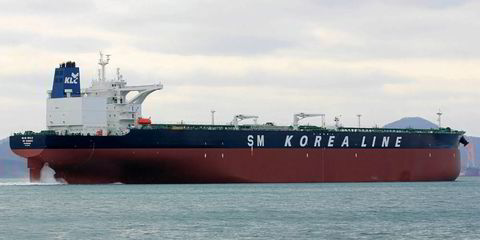The physical market for capesize bulk carriers saw a slight upturn on Monday, but this was not enough to support the aggressive sell-off seen in the paper market.
The words “What a day” seemed to be on everybody’s lips as the market drew to a close on Monday, even after the physical index showed a slight increase on the back ofrising rates in the Atlantic.
The capesize 5TC — the weighted average of spot rates across five key benchmark routes — was assessed $362 higher at $25,138 per day.
“Both basins looked fairly stable to start the week. The key routes Brazil to Qingdao and west Australia to Qingdao had a minimal decline, but the lower bunker value helped to maintain the relevant time charter routes in positive territory,” the Baltic Exchange said in its daily market report on Monday.
An extra $500 was added to the assessment of transatlantic round voyages from the Continent, which were put at $30,444 per day.
Transpacific round voyages from China/Japan were assessed $218 higher on Monday at $22,636 per day.
Rumours circulated in the physical market that big commodity firms like miners BHP and Rio Tinto had fixed capesizes for fronthaul voyages at very good rates.
However, only one new voyage fixture came to light on Monday.
Brokers reported that Chinese operator Zhejiang Shipping fixed a vessel relet by Capesize Chartering Ltd for an iron-ore trip from Western Australia to China.
Bocimar’s 175,219-dwt Mineral Brussel (built 2011) was fixed at $13.25 per tonne for loading dates commencing 5 July. This is 50 cents more than the last reported fixture for similar loading dates.
Paper plunge
The reasons behind the selloff were unclear. Some said they simply didn’t know what had inspired such vigorous selling; some said it was just a continuation of the downward monthly trend.
Others attributed the steady stream to bearish data from commodity markets.
“Oil prices tanked on Friday, [iron] ore prices tanked this morning, and there is still a big premium in the Q3/Q4 and a great deal of speculative length in the cals [calendar year contracts],” one trader told TradeWinds on Monday. “Prices were vulnerable to a drop and sellers had plenty of excuses today to dump length.”
Paper for the calendar year 2024 closed at $19,524 per day on Monday, $1,796 lower than on Friday.
Likewise, the 2024 contract settled $1,725 lower on Monday at $17,464 per day.
But it was the July contract that was worst affected by the selling activity. Paper for next month lost $3,657 on Monday, settling at $28,136 per day.
This being said, indicative rates for the balance of 2022 still remain at healthy levels.
Going by the Baltic Exchange’s forward curve, September looks to be the strongest month during the rest of this year. Contracts settled at $33,036 per day on Monday, although this is $3,178 below where they were on Friday.
Commodities picture
Monday’s commodities selloff wiped a combined $11.1bn off the market capitalisation of Australia’s three biggest miners Rio Tinto, BHP and Fortescue Metals.
The plunge followed deepening concerns over the easing of demand from China and fears of a global recession.
Output from Chinese steel mills has been cut as margins fall, blast furnaces are idled and inventories rise, which has impacted China’s demand for iron ore. Domestic consumption of steel has also remained subdued.
Futures contracts for iron ore fell by almost 10% on the Dalian Commodity Exchange on Monday.
Iron ore prices have come under pressure as more production capacity comes online in the face of this weak demand.
The first ore was delivered from Rio Tinto’s Gudai-Darri iron ore mine in the Pilbara region of Australia last week. The mine has production capacity of 43m tonnes per year and is the miner’s first greenfield mine to open in over a decade.
Prices for other metals have fallen on the back of worries that big hikes in interest rates by the US Federal Reserve and other central banks could tip the global economy into a recession.






